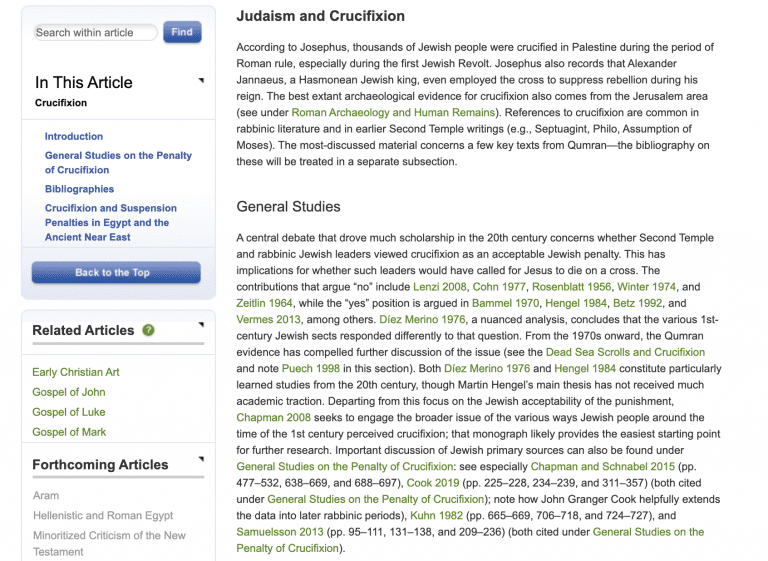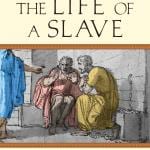Oxford Bibliographies Online
I can’t believe I just discovered “Oxford Bibliographies Online” (OBO). From the title of this resource, it doesn’t sound too exciting, but now that I have looked at some of the entries, I can’t believe I hadn’t utilized this sooner.
What is OBO? These are articles on a given topic that list academic bibliographies. But here’s the kicker: the entries are heavily annotated. Expert scholars are chosen to curate a master list of bibliographic items and the expert gives their own comments on each item. That means that many articles are dozens of pages long, and include 100+ items. I am currently working on the entry on “Faith in the New Testament.”
What disciplines are covered? See below, but I am particularly interested in Biblical Studies and Classics.
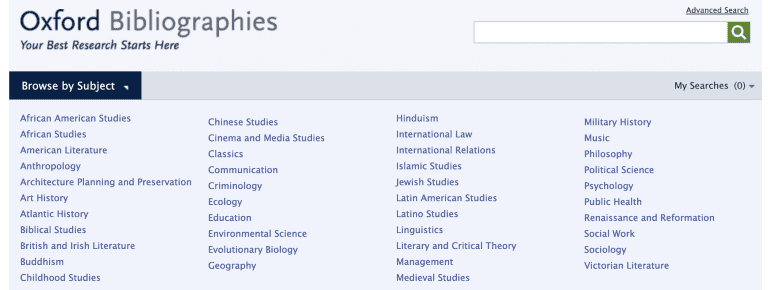
What Entries are available for Biblical Studies? There are 243 entries. Some of them are for biblical books (e.g., Galatians, Pastorals, Revelation), some for other corpora (e.g., OT Pseudepigrapha), and a host of topics and themes (art, Christology, Greek Language, Parables, War).
How do I get access? Is It free? No, it is not free, sadly. And I am pretty sure individuals cannot subscribe or buy access. You must gain access through an institution that has a subscription. I have access through a seminary subscription.
I am not a student or faculty. How do I get access? The best way to utilize this resource is to inquire if a theological library near you has a subscription. Then use it via on-campus connection or networked computer (when your area libraries re-open). One option: spend a day at a major research institution with a subscription and copy a bunch of entries at once.
Check out the Classics Content: I appreciate the Biblical studies material, but I was especially appreciative of the Classics section because I don’t know the scholarship in that sphere as well. So, I have made good use of the entries in Classics in the areas of (for example) Roman Family, Roman Army, and Roman Religion.
Here is a sample from the entry on “Crucifixion” by Cook and Chapman (BIBLICAL STUDIES)
This is what the top of an entry looks like. The entry is usually broken down into headings, and there might be a general discussion of the sub-topic before the annotations.
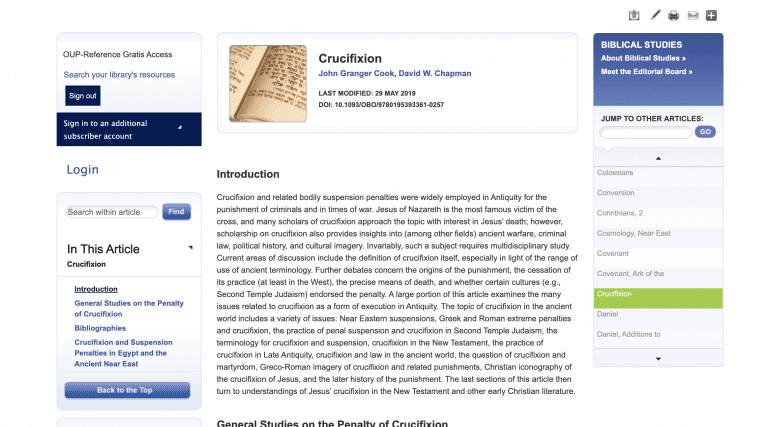
Here is an example of a set of annotations. I really like the fact that you can export the entire (100+) bibliography straight to Zotero.
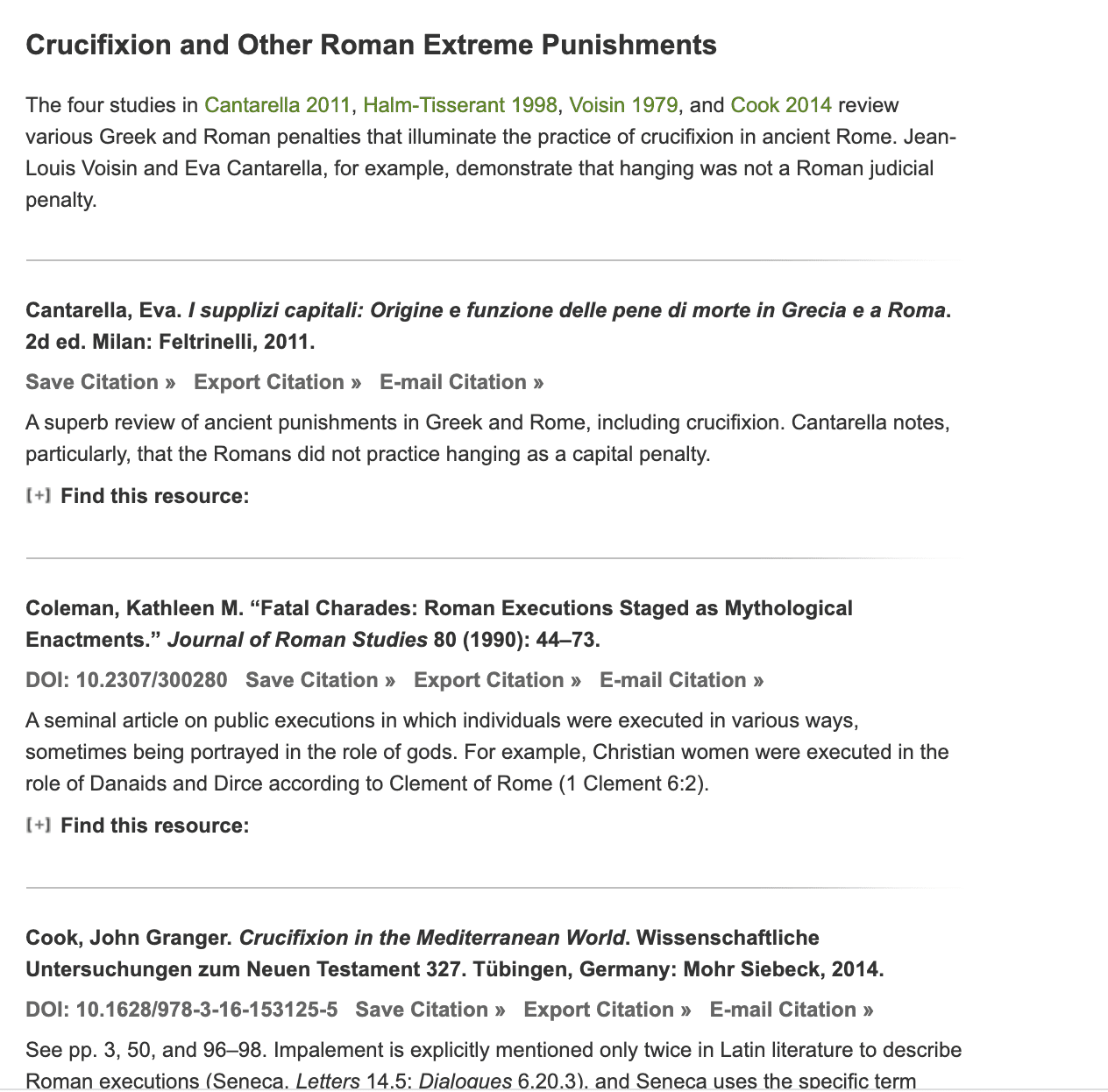
Here is another example of the initial summary for a new sub-heading.
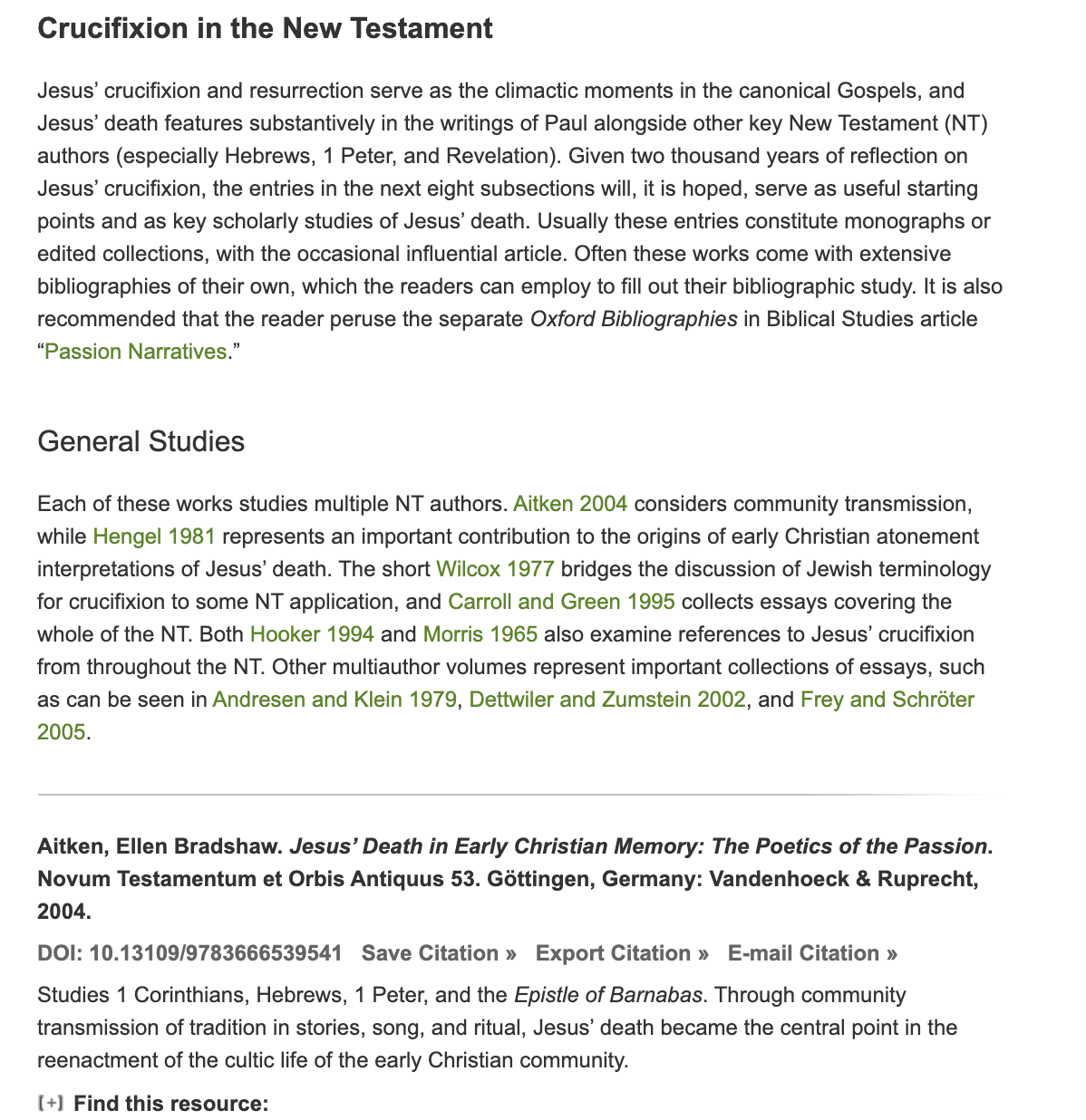
Here is another example of the sub-section summaries
